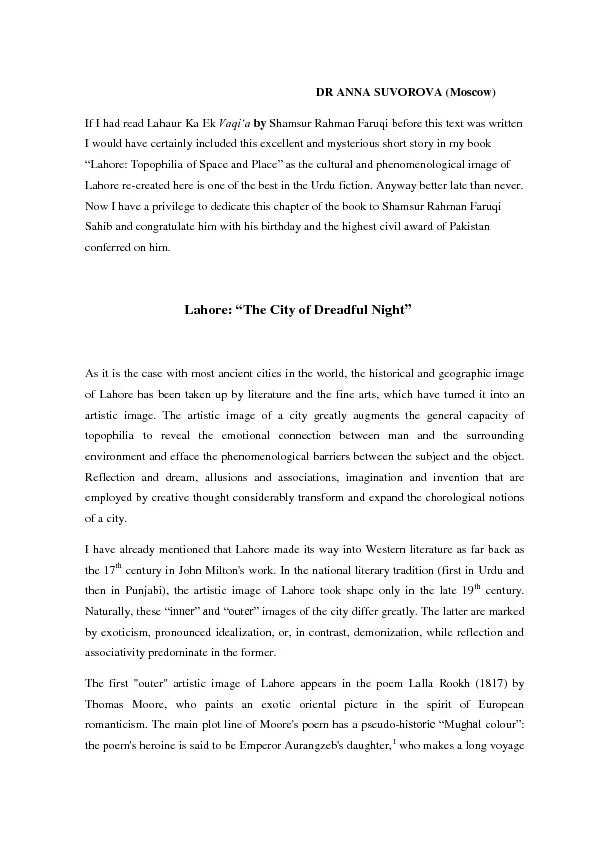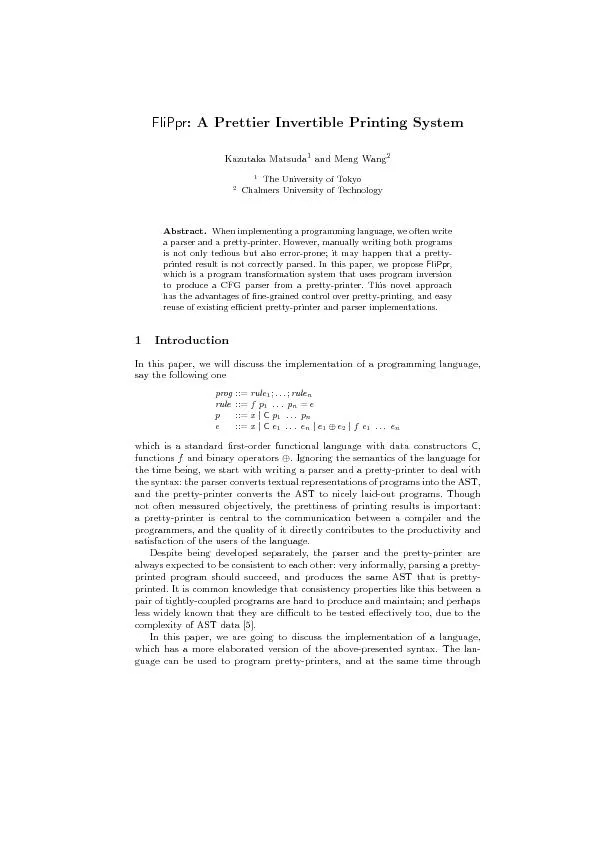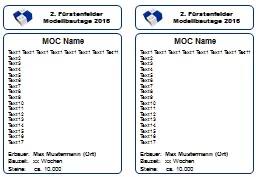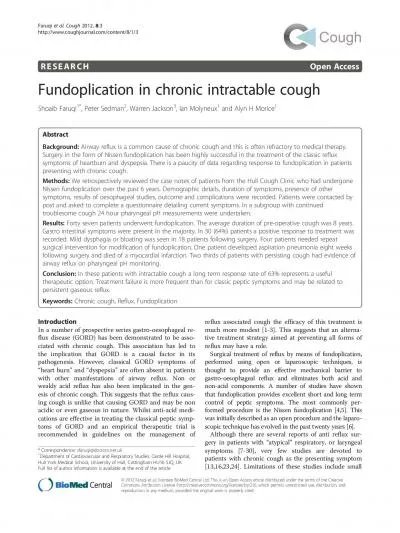PDF-Shamsur Rahman Faruqi before this text was written
Author : test | Published Date : 2016-03-17
DR ANNA SUV OROVA Moscow If I had read Lahaur Ka Ek Vaqix2017a by I would have certainly included this excellent and mysterio us short sto ry in my book x201C Lahore
Presentation Embed Code
Download Presentation
Download Presentation The PPT/PDF document "Shamsur Rahman Faruqi before this text w..." is the property of its rightful owner. Permission is granted to download and print the materials on this website for personal, non-commercial use only, and to display it on your personal computer provided you do not modify the materials and that you retain all copyright notices contained in the materials. By downloading content from our website, you accept the terms of this agreement.
Shamsur Rahman Faruqi before this text was written: Transcript
Download Rules Of Document
"Shamsur Rahman Faruqi before this text was written"The content belongs to its owner. You may download and print it for personal use, without modification, and keep all copyright notices. By downloading, you agree to these terms.
Related Documents














